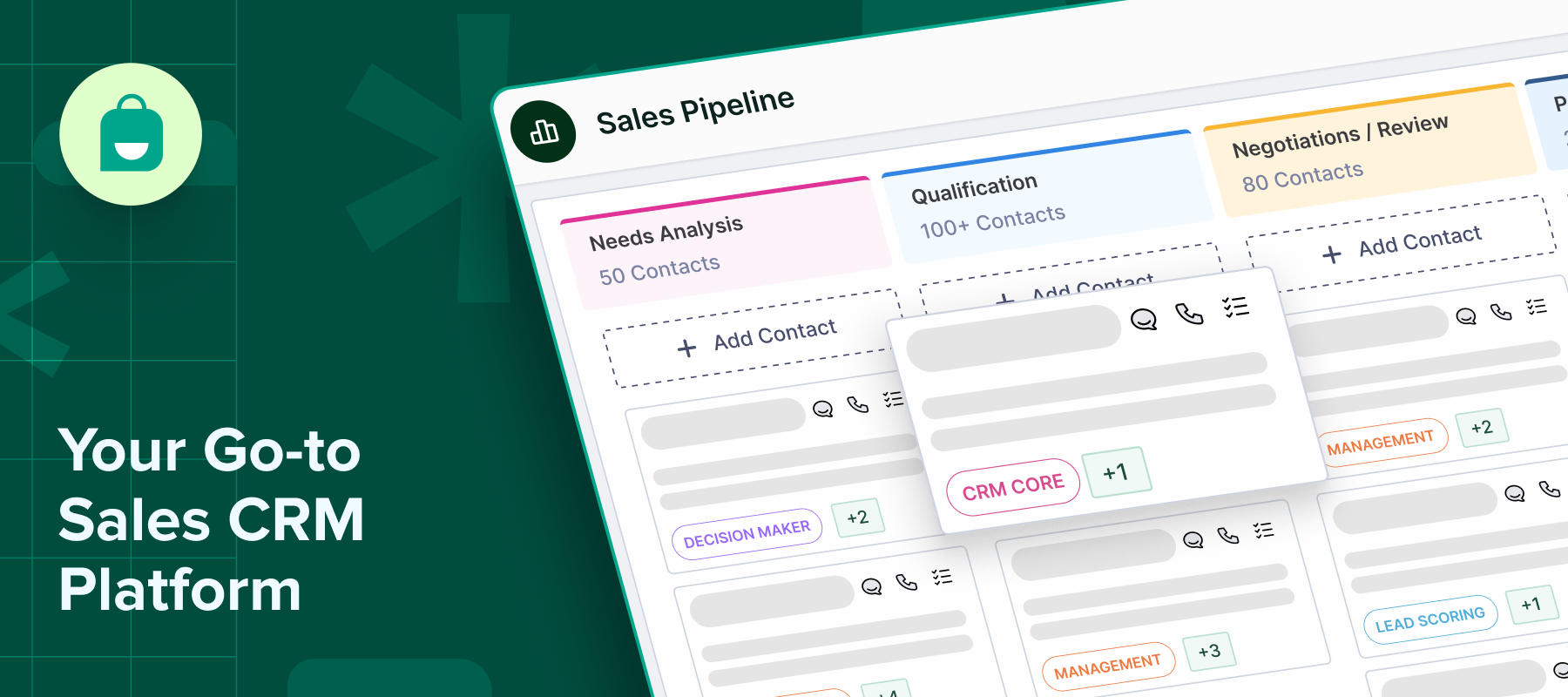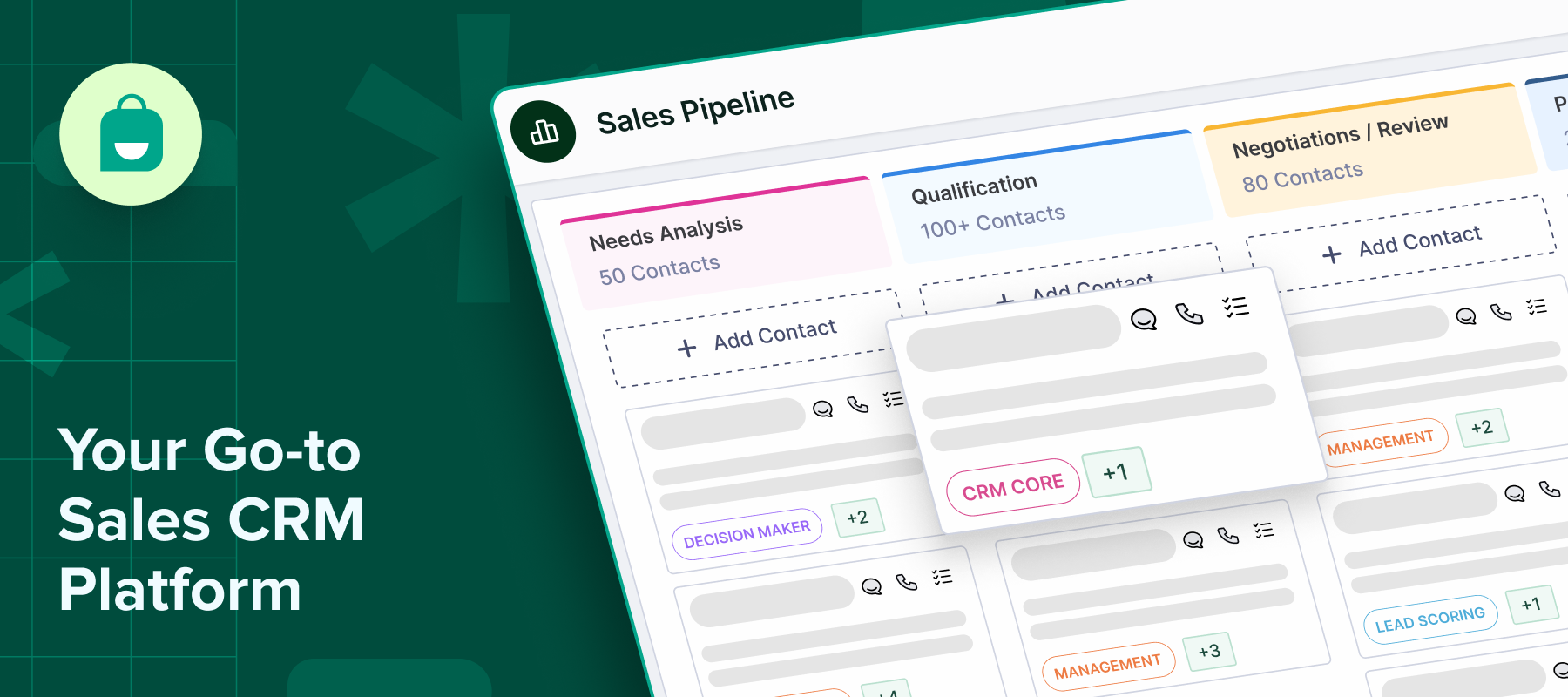Knowing the importance of managing customer data and relationships, most businesses invest in a CRM today. But based on their growth journey, a lot still opt for free CRM systems instead of subscribing to paid ones – even when they offer more customizations. While the pricing difference makes sense, there are some pitfalls that come with the use of free sales CRM tools.
In this post, we’re going to discuss the most common ones and how to avoid them.
Understanding the appeal of free CRM systems
Free CRM tools are budget-friendly for startups and small businesses, and often come with quick and easy onboarding. These tools are designed to offer most of the essential CRM features without commitment, letting the users explore workflows before investing heavily into the same.
They give businesses the opportunity to test various use cases or MVP sales processes before setting up scalable automated workflows.
Common pitfalls of free CRM systems
While they offer a good starting point to businesses, here are some pitfalls that businesses experience:
-Limited feature sets – Free CRM tools cap the functionality of features to remain free for multiple users. This limits how the business can use the solution for marketing, sales or support purposes.
-Restrictions – Free CRM systems also come with restrictions on user seats or data storage. This limits how the CRM gets used even in a lean team and makes scaling workflows difficult.
-Lack of advanced reporting – Free tools don’t usually come with detailed reporting or analytics. This results in businesses missing out on key insights from customer data that can help them improve market positioning.
-Limited integrations and automation – Most free CRM systems come with limited integrations and pre-set automations. This makes it harder for businesses to integrate the CRM with their existing stack of tools, resulting in data siloes. The pre-set automation workflows also don’t accommodate individual needs and usage scales.
-Privacy concerns – Free tools come with basic or absent encryption and compliance measures. The lack of transparency in data handling policies can result in regulation issues for businesses.
-Data security – The limited control over data backup and recovery increases the risk of third-party data access or ads. These tools also come with inadequate access controls or user permissions.
-Limited customer support – Free CRM tools lack dedicated support systems for users. They mostly offer DIY troubleshooting without onboarding help and limited UI or workflow personalization. Their support is often locked behind paid tiers.
-Frequent upsells – The usage constraints often result in free CRM tools upselling to the business. The frequent add-ons can result in bigger billing if not kept track of, resulting in paying more for a limited set of features.
-Hidden costs – Free CRM tools may charge users for data export or migration, integration tools or middleware fees. The business can incur unexpected costs during setup or scaling. Add to that, the cost of downtime or inefficiencies.
Strategies to avoid free CRM pitfalls
Here are some ways in which you can avoid these pitfalls:
-Clearly define CRM goals – Before choosing a tool, define the purpose of signing up for one. This should include the teams that will be using the CRM, the use cases it will cater to and the business objective being met. It could be as simple as being able to improve customer retention rates.
-Compare limitations across tools – Shortlist multiple free CRM tools to compare what features they come with. It’s important to know the limitations set by a tool for the use case you’re trying to solve.
-Read user reviews – Get real-world usage insights from testimonials, case studies and directory reviews. This helps you gauge the pros and cons of a free CRM from the eyes of actual users.
-Plan for scalability – When starting with a free CRM, account for the need to scale eventually. Probe for details on upgrading or migrating right at the start to ensure your workflows don’t lapse when the need arises.
-Regularly audit effectiveness – Ensure you have an audit cycle set up for the CRM workflows. This should help you uncover roadblocks as well as opportunities to serve your needs better.
When to consider a paid CRM solution
While you closely monitor free CRM usage, here are some signs to watch for when it’s time to subscribe to paid tools:
-Your team outgrows user or feature limits and starts to manually juggle some of the processes.
-You need advanced automation or integrations to set up new or scale the existing workflows across departments.
-Your data security and compliance requirements have become priorities to meet the regulations of the target market.
-Your sales workflows have become more complex and require customizations or integrations.
-Your ROI justifies the investment in a paid CRM tool with cross-department usage/ adoption.
Conclusion
A free CRM system may be a good place to start. But we recommend starting with a paid tool like Interakt that offers you an easy entry point and scale as your requirements increase. This saves on the need to migrate tools at a later stage which can often result in loss of data or broken campaigns.






